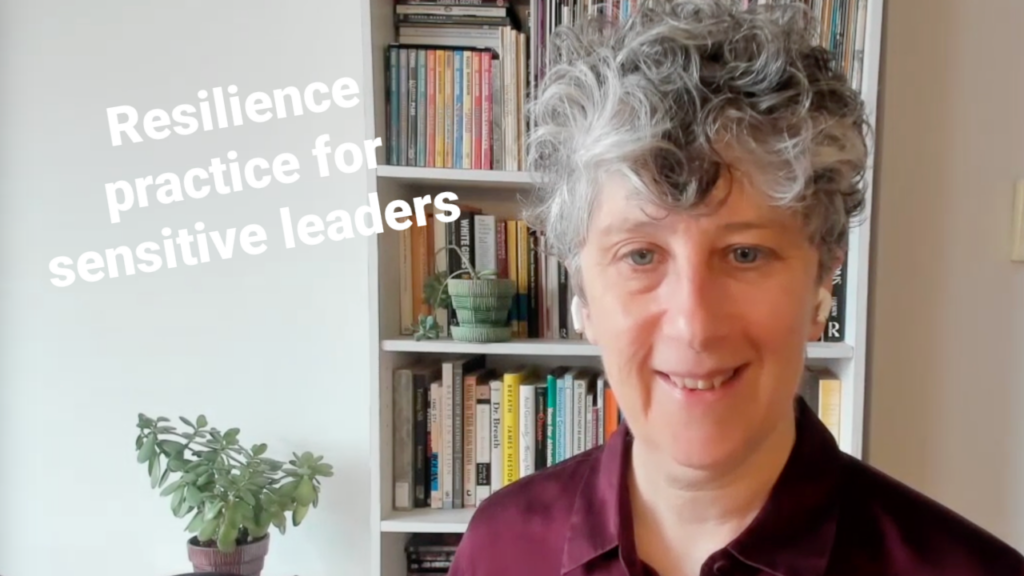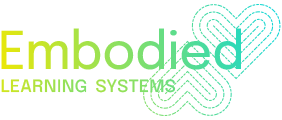
A practice for becoming fully present in group settings
How this three-step practice was created
Alexander Technique teachers, like many other educators, practice and refine our skills constantly. We need to keep growing and learning in order to best serve our students, but it’s not always easy to find a setting where we can risk making mistakes without losing face in front of colleagues. Yet, making mistakes is a necessity for experimentation and growth.
That’s why I was thrilled to receive a generous grant six years ago to create a non-hierarchical learning community for Alexander Technique Teachers. We call this community the Experimenters Union. You may have heard me mention it over the last few years from time to time.
Many other AT teachers also wanted a place where they would not be required to emulate or center any one master teacher. We all wanted a rigorous way to develop our own teaching voices while also receiving nuanced first-person feedback.
Yes, we have all developed unique teaching skills and found our own particular talents. Yes, we’ve learned to appreciate and celebrate our differences, and each other. However, there have been other surprising benefits as well.
The core group that stayed together has also built facilitation skills, which I believe are much needed in this world!
I’ve discovered that a community of learning is, by default, a community of peace.
This three step practice is a strong foundation for facilitators of any group process.
I made this week’s video to share this deceptively simple process. We use it to build literacy in our own multi-layered experience, as well as the capacity to articulate our state of being clearly to others. Anyone who wants to be fully present can use this practice. The more you do it, the deeper it gets and the more trust you build within a group.
Many of us have habitual preferences for, and skill in articulating, sensations, emotions, or thoughts.
Very few of us have the ability to weave all three together in the company of others.
This check-in practice is the foundation we use in the Union to give each other feedback on our teaching; but you could use it for any gathering of people with a common purpose. You could use it to become more fully present before an important meeting or event. It only takes about 5 minutes.
The ability to gather a group of people and create a learning space is very valuable! Learning requires our nervous systems to be open and active but also grounded, safe, and curious. Learning (and teaching) is the most advanced psycho-physical state that humans can achieve, in my view. It is the most important skill to have and requires clarity, precision, and humility.
The facilitation skills necessary for learning together are very similar to those required for making peace.
A community of peace does not mean there’s absence of conflict or difference; it means the individuals within the group have the ability to stay with their own experiences and allow others to do the same while engaging in dialogue and debate.
This is the essence of embodied learning and leadership.
Working with peace makers and change-makers is a dream I’ve had in the past two years. As a first step towards that dream, I’ll be sharing a series of resilience practices to tailor my work towards the needs of people who work for peace.
Non-violence is not for the faint of heart.
It carries huge risk in an increasingly polarized world. I am convinced that each one of use has more capacity to take these risks than we know, and that grounding in embodiment practices will be key to the success of any endeavor towards peace.
If you would like some inspiration on this topic, I highly recommend reading In This Place Together by Sulaiman Khatib & Penins Eilberg Schwartz. You can hear Sulaiman talk about his experiences in Israeli prisons and how he came to work for peace on this podcast as well.
You may also be inspired by this beautiful letter that was collectively written by a group of people dedicated to non-violent communication. There is an invitation to sign, if it speaks to your heart.
I’ll keep writing about this topic and welcome any and all feedback from you, beloved reader, as we move forward into this deeply divided year of decision making with world-wide consequences.
To book a private session with Clare, go HERE.
To register for the next Cranial Nerve Sequencing Intensive with Clare to deepen sensory skills, go HERE.
